Last Updated January 6, 2023
TireHungry.com is reader-supported. When you buy through links on our site, we may earn an affiliate commission at no added cost to you
Tire rubs are not only an eyesore when you look at their edges being scraped off by fender wells. These nuisances are also extremely dangerous if not addressed right away, as they will result in a blowout if too much tread has been exposed.
To stop tires from rubbing, first, you must diagnose what’s causing them. If the tire rubs occur when you change or modify anything on the wheels, then a fender roll should be done to increase wheel offset, allowing more space between the fender and the tires. On the other hand, faulty suspension components, such as shocks or bushings are more likely the cause, and you should have them replaced.
Whether you’ve upgraded your tires or wheels, replaced them with an OEM, or your vehicle is already aging and showing signs of impending repairs, the root cause of tire rubs can be easily diagnosed, and can even be resolved at the comfort of your garage.
What's In This Guide?
Tire rubs occur when a tire hits a component on the underneath of your vehicle or when there is not enough clearance between the tires and the wheel arch. Tire rubbing is extremely dangerous and can lead to a tire blowout, as it causes your wheel to crash with the wheel well whenever you hit a bump in the road.
Causes of Tire RubbingTire rubs or any damages occurring on the edge of the tread have something to do with any changes done within the wheel wells. These problems occur when installing bigger tires or a change in wheel offset. Some other causes include putting wheel spacers, or in some cases, replacing new tires with the same specifications can also end up with tire rubs.
Some other causes include putting wheel spacers, or in some cases, replacing new tires with the same specifications can also end up with tire rubs.
A common modification for a variety of vehicles is to increase the size of the wheels and tires. Without adequate clearance, your tire will shove against the wheel well, and you will definitely experience these whenever you hit a pothole or are steering too hard.
Change in wheel offsetWhen replacing wheels, one of the most difficult things to get right is wheel offset. This is the distance between the surface of the wheel and the centerline of the tire. Tire rubbing will happen if the wheel offset does not match.
Wheel spacersStyle and performance are the most common reasons for wheel spacers. Interior clearance is being gained by moving the wheel and tire assembly outward from the hub, but rubbing on the vehicle fender and/or wheel well liner will happen.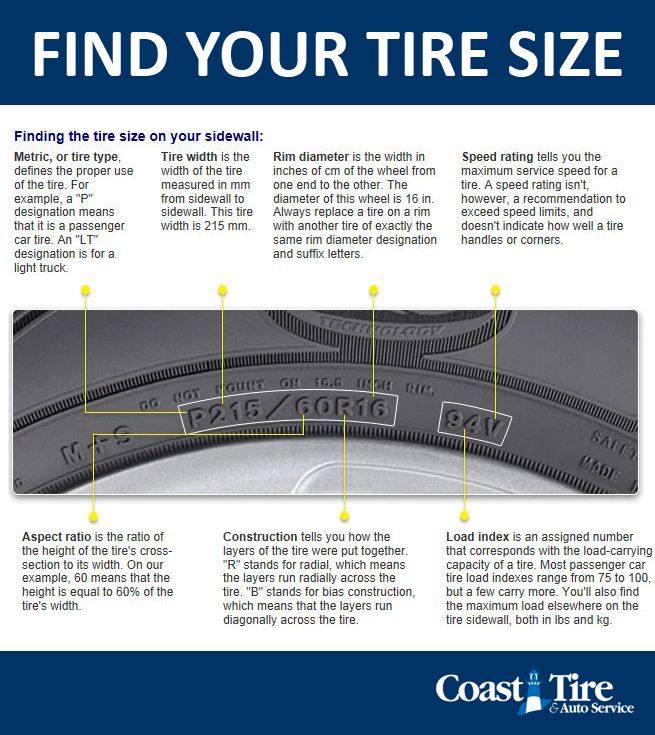 Spacers will reduce the offset even further and push the wheel outside the fender, resulting in even more rubbing.
Spacers will reduce the offset even further and push the wheel outside the fender, resulting in even more rubbing.
Even though you’re following the exact specifications required by the manufacturer, chances are, you’ll still end up rubbing them at the fender wells. This is because the original wheel and tire gaps are very limited to start with, and even a slight difference in the tire design (e.g. shoulder construction, tread pattern) can increase the overall profile of the wheel.
Since the wheel clearance has a very slim tolerance, to begin with, even the slightest difference in tire dimensions can cause tire rubs especially on certain steering angles or driving conditions.
Tire rubbing with no tire or wheel changesThere will be instances that the causes were coming from the issues on the suspension system itself. A skilled mechanic will be able to quickly identify and diagnose malfunctioned suspension components. If your vehicle is getting old or has a lot of miles on it and still has all of its original suspension components, look into this area as a possible source of tire rubbing.
If your vehicle is getting old or has a lot of miles on it and still has all of its original suspension components, look into this area as a possible source of tire rubbing.
If you notice tire rubbing when driving over bumps or taking corners where weight transfer compresses one side of the vehicle’s suspension, you have faulty suspension components.
Shocks can fail over time, springs lose elasticity, and bushings and shock mounts wear. As a result, the suspension or damping capacity sags and is no longer capable of handling road bumps or vehicle load transfers.
Extreme misalignmentAn alignment issue is also caused by a vehicle being out of alignment with its caster angle, or if the caster angle is significantly out of specification, this can be a source of tire rubbing.
Alignment problems are most commonly associated with uneven tire wear, but in severe instances, they also result in tire damage.
How To Check for Any Signs of Tire RubbingTo accurately assess your tires from any fender rub, first, make sure that you are on level ground. Then pull the handbrake and set the gears on ‘Park’. If necessary, use a flashlight to inspect the wheel well for any areas where the tire is making contact. The contact point between the wheel well liner and the tire is the part that sticks out like a sore thumb. Identifying the location of the rubbing can help you and your mechanic determine the causes and provide appropriate resolution.
Then pull the handbrake and set the gears on ‘Park’. If necessary, use a flashlight to inspect the wheel well for any areas where the tire is making contact. The contact point between the wheel well liner and the tire is the part that sticks out like a sore thumb. Identifying the location of the rubbing can help you and your mechanic determine the causes and provide appropriate resolution.
As with any repair procedure, a proper diagnosis must be done first to accurately pinpoint what’s causing the problem. It is also important to always have the proper tools at hand to prevent further damage when assessing or repairing the problem.
Part 1: What you will useThe process of adjusting your wheel well to make way for the newly installed tires is very difficult to reverse. Make sure of the proper fender rolling procedure and check other alternatives first before concluding on this process.
Make sure of the proper fender rolling procedure and check other alternatives first before concluding on this process.
The fender wells must first be free from any accumulated dirt and mud to ensure accurate measurements.
Check if the shocks aren’t deadYou might not even need a fender roll but new shocks instead.
Part 3: Repair ProcessPark on a flat surfaceLift the vehicle with a jack and remove the wheel beneath the first fender to be rolled. Since the hub must remain at a level similar to when the tire is on, use a jack stand to support the lower suspension arm. If necessary, remove any fender liner.
Attach the wheel-arch reforming toolHeat the fender first to prevent paint cracking. Then tighten and secure the lug nuts with the same torque as when attaching the wheel. If you attempt an extreme roll right away, it will cause the paint to form bubbles.
Finally start by applying heat to each corner of your vehicle and gradually rolling it in, beginning at the top and ending at the bottom. Pay close attention and continue to adjust the angle in the slightest way possible. If more clearance is required, push in slowly. Repeat at each corner and you’ll have more breathing space for your tires, free from fender rubs.
Risk of Tire RubbingIn most all cases of tire rubbing, wheel well liner damage is the most serious issue. Some enthusiasts accept this as a necessary measure in exchange for larger wheels and tires. More serious concerns revolve around the contact of suspension and steering components. Tire rubbing can sometimes be remedied with a simple alignment or suspension component replacement. But first, you must have complete information and check before jumping to any processes to handle the tire rubbing problem.
ConclusionThe most common causes for tire rubs came from self-inflicted modifications and upgrades, deviating from the wheel’s original design and specification.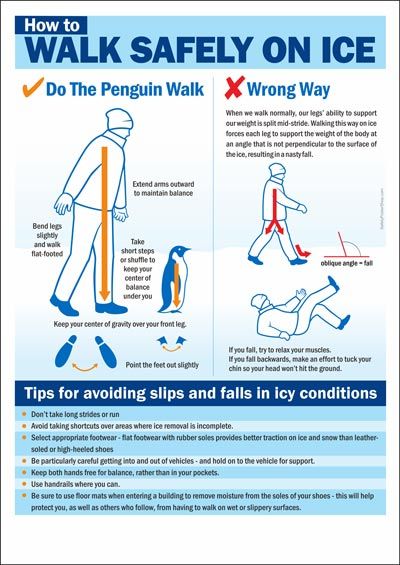 However, there will be cases when the reason also boils down to faulty or aging suspension parts and components. Regardless of the causes, a proper mechanical diagnosis must be done in order to accurately solve the concern.
However, there will be cases when the reason also boils down to faulty or aging suspension parts and components. Regardless of the causes, a proper mechanical diagnosis must be done in order to accurately solve the concern.
Top Tire Retailers
I wanted a cool modification to make my car look and feel better, so I let my cousin install some larger tires. But now I’m dealing with my tires rubbing against the wheel arch. Is there any way I can fix rubbing car tires?
Chloe Jenkins · Answered on Jan 28, 2022
Reviewed by Shannon Martin, Licensed Insurance Agent.
Rubbing tires can be a common issue when installing larger tires on your vehicle. Unfortunately, rubbing tires can be incredibly dangerous as it may lead to a tire blowout, which will cause your wheel to crash into the wheel well. This almost always starts a car accident.
The best thing you can do is replace your tires. A new set of tires with the proper specifications for your vehicle will eliminate the tire rubbing issue. You may also want to have your vehicle’s alignment and suspension checked, as the issue could be coming from a misalignment in these areas.
Although these solutions are not cheap, they will improve your driving experience and may even keep you out of harm’s way. If you’re looking for a way to save some extra money to pay for these expenses, check out the Jerry app.
The savings keep coming even after Jerry finds you great car insurance at the lowest price. Before every policy renewal period, you’ll be presented with new competitive quotes, which means you’ll always have the best coverage at the best price. If you want to switch policies, that’s fine! Jerry can help cancel your old policy.
MORE: 5 ways to save hundreds of dollars on your car insurance premiums
Car RepairCar TiresRoad Safety
View full answer
WHY YOU CAN TRUST JERRY
Jerry partners with more than 50 insurance companies, but our content is independently researched, written, and fact-checked by our team of editors and agents. We aren’t paid for reviews or other content.
We aren’t paid for reviews or other content.
Browse More Content
Car AC Cycling Switch Replacement Cost Estimate
Clean Windshield Washer Tubes and Jets Inspection Cost Estimate
Courtesy Light Bulb Replacement
What To Do If Your Warning Light Is On
Expansion Valve Replacement
Chevrolet Cruze Lt Insurance Cost
Toyota Scion Xb Insurance Cost
Saab 9-3 Se Insurance Cost
Hyundai Tucson Gls Insurance Cost
Bmw 318 I Insurance Cost
Denton Car Insurance
Smithland Car Insurance
Maynardville Car Insurance
Chaska Car Insurance
Flora Car Insurance
I just got hit with a reckless driving ticket and now my insurance rates are through the roof.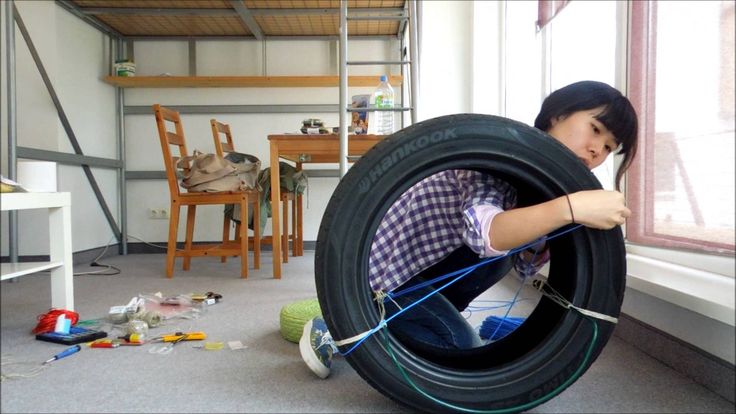 How can I get a reckless driving ticket dismissed?
How can I get a reckless driving ticket dismissed?
Shannon Fitzgerald
Jan 28, 2022
I’m just about to close on a new home. I know I’ll need home insurance at some point, but I’m not exactly sure when. Will I need home insurance before closing?
Matt Terzi
Jan 28, 2022
My check engine light came on so a friend is lending me an OBD2 scanner to diagnose the code. Is it ok to leave the OBD2 scanner plugged in while I drive?
Mary Cahill
Jan 28, 2022
Browse All Questions
Reckless driving in Maryland carries a fine of $510, possible additional fines, and six demerit points.
Brittni Brinn
Jan 28, 2022
Flock is a start-up company determined to disrupt the commercial insurance market.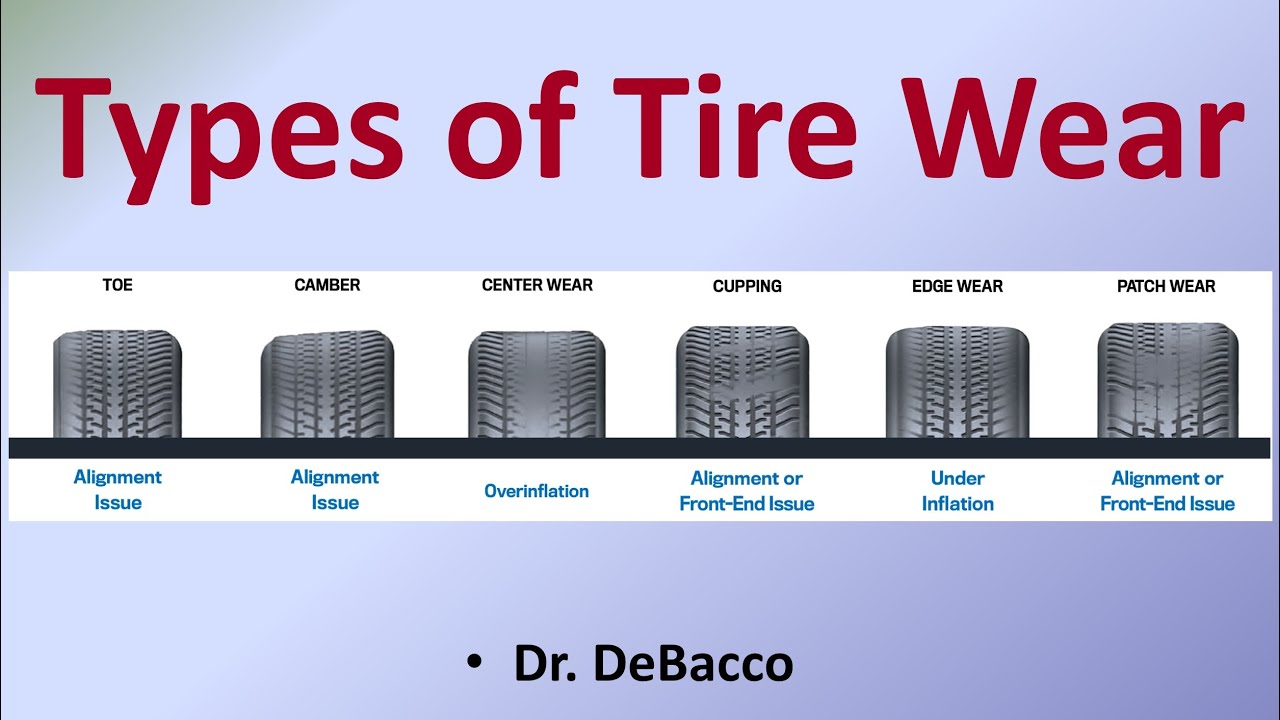 Find out how they are using technology to offer cheaper coverage.
Find out how they are using technology to offer cheaper coverage.
Brittni Brinn
Sep 29, 2021
This 25-hour drive takes you out west through the Great Plains, Rockies, and Arizona desert as you head from Chicago to one of the natural wonders of the world.
Brittni Brinn
Oct 25, 2021
driving laws
driving record
Suspended License
Homeowners insurance
Cadillac
damage claims
Liability insurance
Young Drivers
MetLife
Car Shipping
Auto insurance
New Car Replacement Insurance
Home and Auto Insurance
Car Damage
negligent driving
misdemeanor
Tennessee
moving
Night Driving
Esurance
Insurance Adjusters
Mitsubishi
Non Owner Car Insurance
Reckless Driving
Emergency Brakes
Car Seats
No long forms
No spam or unwanted phone calls
Quotes from top insurance companies
Find insurance savings — it's 100% free
Toyota
Hyundai
Mercedes-Benz
Subaru
Chevrolet
Mitsubishi
Modern passenger cars are equipped with tubeless tires. Tires with rubber chambers inside are extremely rare today, only on super-budget vehicle options. Car owners have long appreciated all the convenience and benefits that tubeless tires have. Unlike chambered rubber, they keep air in the wheels by being sealed to the rim. The tightness of tubeless tires is ensured by a two-millimeter layer of rubber applied to the tire from the inside. It is he who prevents the passage of air. The coating of soft rubber layer provides tightness at the junction of the tire with the rim of the rim. The tire bead sits on the so-called rim shelf, which is equipped with a special rounded ledge. Thanks to him, the tire is securely connected to the wheel rim, and complete tightness of the joint is achieved. A tubeless tire is filled with air through a valve installed on the rim, on its rim. nine0003
Tires with rubber chambers inside are extremely rare today, only on super-budget vehicle options. Car owners have long appreciated all the convenience and benefits that tubeless tires have. Unlike chambered rubber, they keep air in the wheels by being sealed to the rim. The tightness of tubeless tires is ensured by a two-millimeter layer of rubber applied to the tire from the inside. It is he who prevents the passage of air. The coating of soft rubber layer provides tightness at the junction of the tire with the rim of the rim. The tire bead sits on the so-called rim shelf, which is equipped with a special rounded ledge. Thanks to him, the tire is securely connected to the wheel rim, and complete tightness of the joint is achieved. A tubeless tire is filled with air through a valve installed on the rim, on its rim. nine0003
Why did tubeless tires become so popular that they gradually replaced tubed tires? First, tubeless tires are much lighter. This is a very important and great advantage, because heavy weight enhances the inertial movement of the wheel when driving on, to put it mildly, imperfect road surfaces, which we still have much more than smooth autobahns. As a result, this affects the condition of the chassis, accelerates its wear. In addition, tubeless tires do not heat up during driving in the same way that chamber rubber heated up, in which the inner cylinder rubbed against the tire while driving. Such friction led to its rapid wear, and also increased the likelihood of tire rupture during movement. When a tube is punctured, the tube tire loses air very quickly, since it escapes not only from the puncture site, but also through leaky tire beads that do not fit snugly against the rim flange. In addition, if such a tire is punctured, you will not be able to stop the car immediately, it will travel more than a dozen meters by inertia until it comes to a complete stop. During this time, the tube and the tire can be damaged more thoroughly, the rubber of the inner cylinder will “chew”.
This is a very important and great advantage, because heavy weight enhances the inertial movement of the wheel when driving on, to put it mildly, imperfect road surfaces, which we still have much more than smooth autobahns. As a result, this affects the condition of the chassis, accelerates its wear. In addition, tubeless tires do not heat up during driving in the same way that chamber rubber heated up, in which the inner cylinder rubbed against the tire while driving. Such friction led to its rapid wear, and also increased the likelihood of tire rupture during movement. When a tube is punctured, the tube tire loses air very quickly, since it escapes not only from the puncture site, but also through leaky tire beads that do not fit snugly against the rim flange. In addition, if such a tire is punctured, you will not be able to stop the car immediately, it will travel more than a dozen meters by inertia until it comes to a complete stop. During this time, the tube and the tire can be damaged more thoroughly, the rubber of the inner cylinder will “chew”. With tubeless tires, this option is excluded. Even if a puncture occurs, thanks to the tightness of the chamber and its periodic pumping, you can get to the tire service. nine0003
With tubeless tires, this option is excluded. Even if a puncture occurs, thanks to the tightness of the chamber and its periodic pumping, you can get to the tire service. nine0003
Tubeless and tube tires also differ in how they are mounted / dismantled. If chambered rubber can be freely disassembled or, conversely, installed at home, then such a number will not work with a tubeless one - the risk of damaging the side flanges is too high, damage to which will lead to depressurization of the tire. Due to the peculiarities of installation and dismantling, many motorists find it impossible to repair a tubeless tire with their own hands, especially on the road, not in a comfortable garage, but on the side of the road. And in vain. Of course, it will not be possible to completely eliminate the problem at a professional level without special equipment. But to make sure that the damaged tire still travels, and sometimes not only reaches the tire fitting center, but goes more than one hundred kilometers after an impromptu repair, is quite realistic.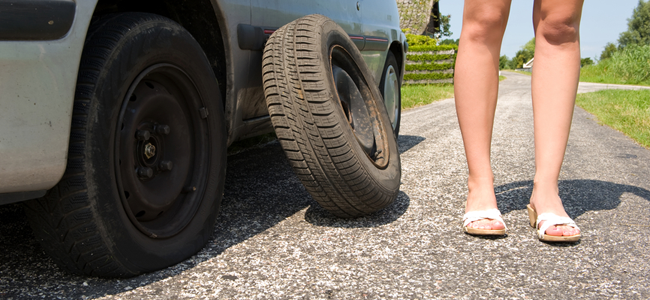 nine0003
nine0003
To do this, use special tire repair kits, which can be purchased everywhere today by going to any car shop. Better yet, buy everything you need to repair a tubeless wheel yourself separately and always have it ready. By doing this, you will save some money, which is always nice. The fact is that manufacturers of ready-made repair kits, in an effort to make their kits more expensive and solid in appearance, include in them both really useful tools and materials, as well as those that you can easily do without. Using repair kits or separately purchased harnesses and tools, you can repair tubeless tires not only for cars, but also for trucks. This can also be regarded as one of the advantages of tubeless tires over tube tires. It is much more difficult to repair it with a puncture. It is necessary to disassemble the wheel, remove the chamber, find the puncture site, and then degrease the working area, cut out the patch, and seal the rubber balloon. After drying, the camera is installed in place, and the wheel is beaded. With a tubeless tire, everything is much easier. nine0003
With a tubeless tire, everything is much easier. nine0003
RUNWAY Tubeless Tire Repair Kit, 7-Piece
If you find that your car's tubeless tire wheel is damaged, first assess the severity of the situation. If, in your opinion, you can do without repair, having reached a reliable tire service on periodic pumping of the wheel, then it’s better to do so. Tubeless tires were designed to hold air even with foreign objects sticking out of the cord. But do not forget that riding with a nail or other object in the tire causes the puncture to gradually expand and the tire around the damaged area begins to gradually collapse. nine0003
But, if it so happens that the damage to the wheel received on the road is too extensive, the chamber does not hold air and it will not be possible to complete the journey while inflating the tire, you need to choose the best method of temporary repair and start it immediately.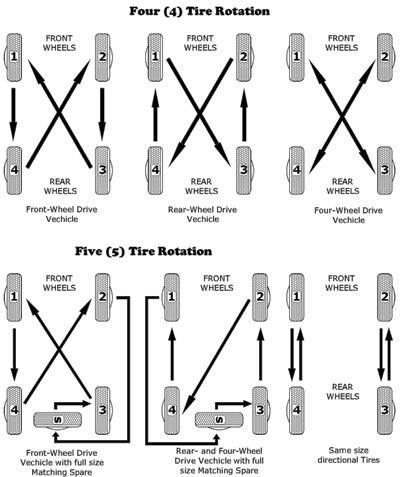 A tubeless tire is repaired in the following ways:
A tubeless tire is repaired in the following ways:
When choosing a repair using a tourniquet, you need to decide what type of material will be used. The harness can be cord or rubber. Let's consider both of these options. nine0003
Wheel repair kit, 6 pieces
Cord harness has found wide distribution as a repair material for tubeless tires. With this harness, you can carry out repairs in any conditions: on a city street or on the side of a country road. It is a strip of high-strength nylon, which is richly impregnated with high-quality rubber-based adhesive. Such harnesses are supplied to the domestic market by many manufacturers, they have certain differences in technical characteristics and cost. But all cord harnesses are installed according to the same type of scheme: nine0003
First of all, they find the place of damage and mark it with wax crayon or another marker.
Remove the item that damaged the tire if it is stuck in the cord.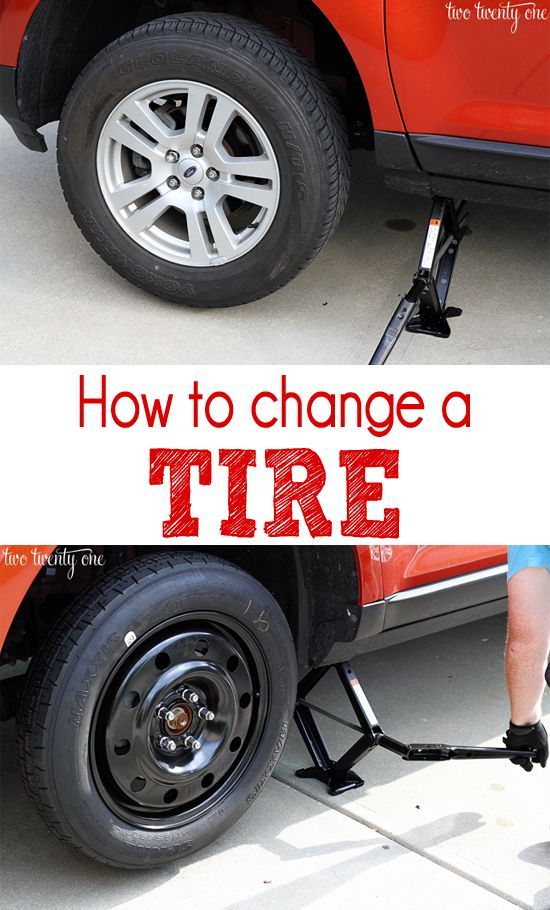
Then you should check the tire pressure, it should not fall below 0.5 atmospheres.
Take a spiral awl and use it to determine at what angle the tire is damaged. nine0003
Apply vulcanizing glue to the awl.
Using the awl inserted into the puncture, coat the puncture site with glue in the most thorough way, for which you need to rotate the tool lubricated with it clockwise. Perform this action three times - lubricate the awl and insert it into the puncture, then leave the tool in the cord for the time being.
Insert the tourniquet into a special needle, focusing on the center.
On both sides, cover the surface of the tourniquet with vulcanizing glue.
Remove the helical awl from the tire where you left it at the puncture site.
Install a pen with a needle and a tourniquet placed inside into the puncture.
By pressing the handle, install the needle with the tourniquet into the puncture, advancing to the stop at a given angle.
Remove the pen with the needle from the puncture site without rotating it.
Carefully cut off the parts of the tourniquet sticking out on the surface. nine0003
Then you need to determine how tight the tire is repaired. This can be done with the help of a special liquid, which is used to determine the puncture site. If, after applying such a liquid, no air bubbles appear, then the tire is temporarily repaired and can be used further. If air bubbles appear, try installing an additional tourniquet in the place of damage to the tire.
This method of temporary repair is inexpensive, but it has proven its effectiveness more than once. A tire repaired in this way without repair will serve you for a long time - up to 6 months.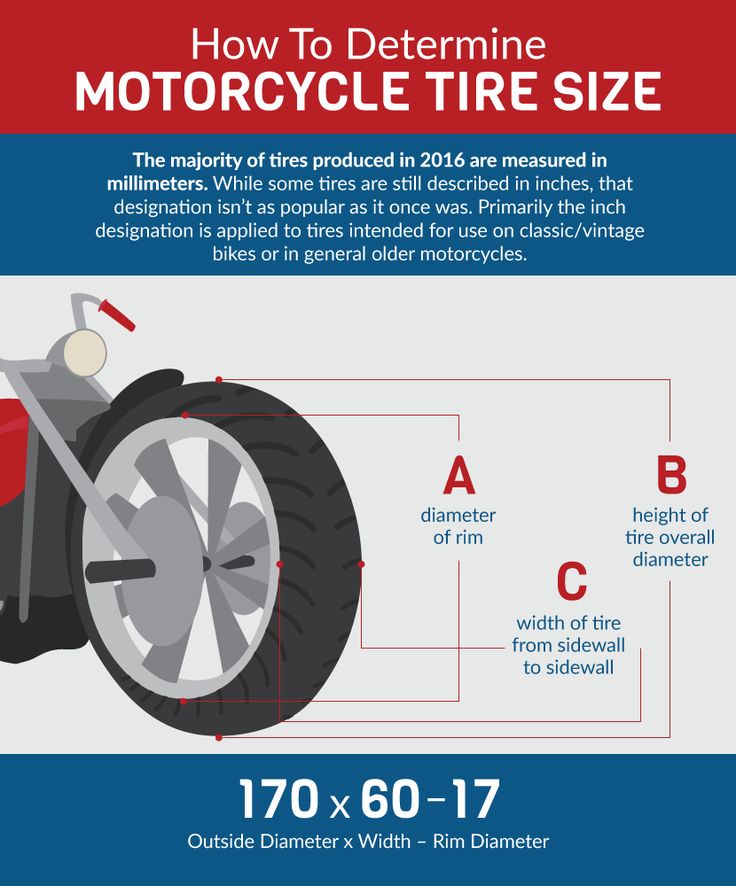 nine0003
nine0003
A rubber harness costs more than cord, but it is also more reliable. They install it in much the same way as the cord one, but there are still some differences. For example, when installing a rubber band, do not use an awl in the form of a rasp, since it can damage the rubber band during installation. In addition, the rubber band must be mounted on the adhesive specified by the manufacturer in the instructions for the repair kit.
Raw rubber band for repairing RUNWAY tubeless tires, 5 pcs
In this case, an anchor is a special type of bundle, one end of which ends with a small patch. The anchor is installed in the same way as other types of harnesses, but in addition, it glues the puncture site with an internal patch. To do this, the tourniquet is pushed inward, and then pulled a little in the opposite direction. Anchor can only be installed using a special cutter with a diameter of 6 mm. It is purchased separately from the set. But your efforts will surely be crowned with success, because the anchor is considered the most reliable option for repairing a tubeless tire with a harness. But with the help of harnesses, you can not repair side punctures. And in any case, even if the repair is successful, it is necessary in the coming days to choose the time to visit the tire service. Remember that prolonged use of the harness will cause irreversible damage to the tubeless tire. And until the problem is fixed, constantly monitor tire pressure. nine0003
It is purchased separately from the set. But your efforts will surely be crowned with success, because the anchor is considered the most reliable option for repairing a tubeless tire with a harness. But with the help of harnesses, you can not repair side punctures. And in any case, even if the repair is successful, it is necessary in the coming days to choose the time to visit the tire service. Remember that prolonged use of the harness will cause irreversible damage to the tubeless tire. And until the problem is fixed, constantly monitor tire pressure. nine0003
The second option for repairing tubeless tires involves the use of sealant. This option cannot be called optimal, but it has become widespread, since tire repair in this way is carried out very quickly, literally in a matter of minutes. And the result of its implementation is guaranteed to allow you to get to the intended purpose of the trip, without first stopping by the tire service you met along the way.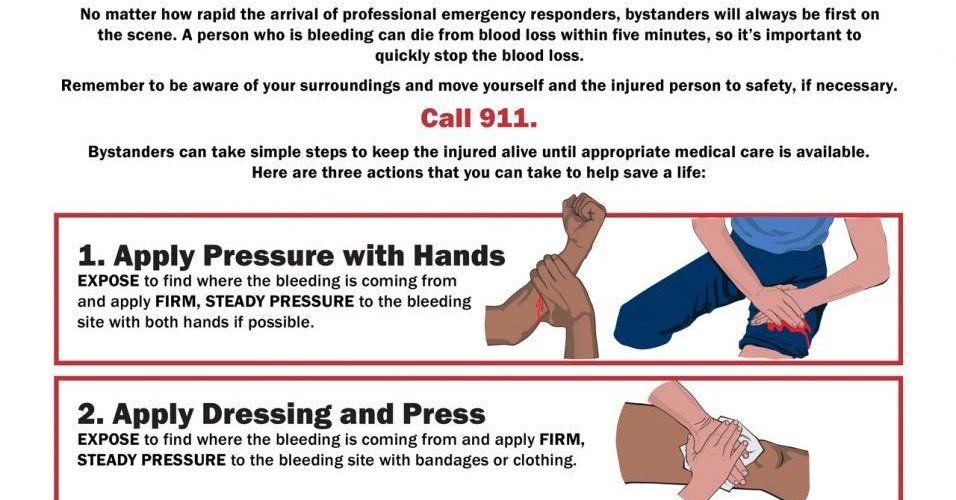
The sealant is very easy to apply. In this case, it is not necessary to remove a nail or other object from the cord, due to which the tire was damaged. Simply attach a bottle filled with sealant to the valve on the rim of the wheel and see that the contents of the bottle are pumped into the wheel. Keep in mind that repairing a tire with sealant will significantly disrupt the balance, so choose a moderate speed. But on the other hand, repairs with the help of a sealant are easy, simple and very fast. You can use it even while standing in a traffic jam. nine0003
Today, you can easily buy different types of sealants. The most widely used gel, liquid, aerosol formulations. Gel ones are good because they can be used all-season, both in the summer heat and in the cold season. But at the same time, they significantly worsen the balance of the wheel. Liquid sealants are highly reliable, but they are not very convenient to use. Aerosol compositions make it possible to restore the performance of the wheel without a jack and a pump.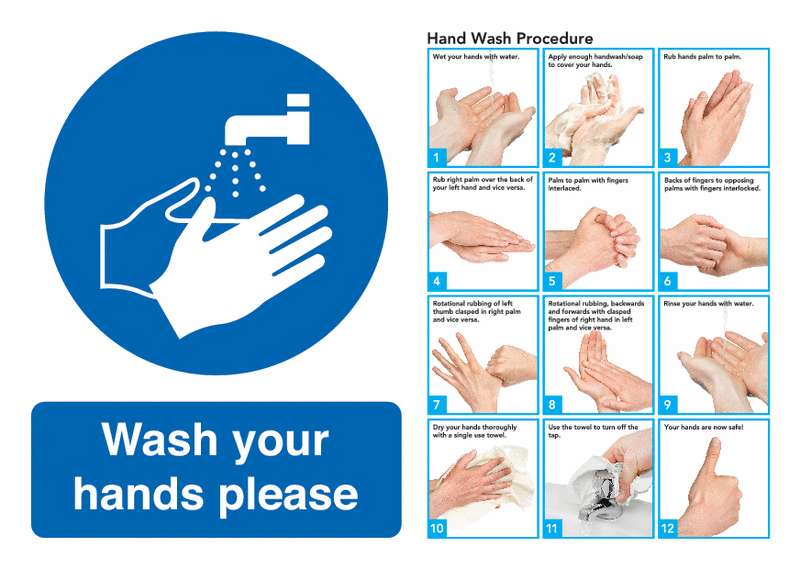 But in the cold winter period, they will not work. If we compare the restoration of a tubeless tire, carried out with the help of sealants and harnesses, cord or rubber, then the latter are considered the preferred option, since they provide a fairly high quality of the repair performed with their help. nine0003
But in the cold winter period, they will not work. If we compare the restoration of a tubeless tire, carried out with the help of sealants and harnesses, cord or rubber, then the latter are considered the preferred option, since they provide a fairly high quality of the repair performed with their help. nine0003
As you can see, do-it-yourself tubeless tire repair is possible, albeit temporary. You just need to stock up on funds for its implementation, without delaying the purchase of harnesses or sealant, because a lot of trouble awaits us on the roads. Meet them fully armed and quickly solve the problem. For guaranteed success, you must strictly follow the recommendations given by the manufacturer of repair materials in the instructions for use.
Twice a year, motorists are faced with the issue of replacing tires, and with it the issue of storage. What is the best way to prepare rubber for a well-deserved rest so that it does not lose its properties, and you lose money? Are there any peculiarities in the conditions and place of "preservation" of tires without rims? Read the answers in our article.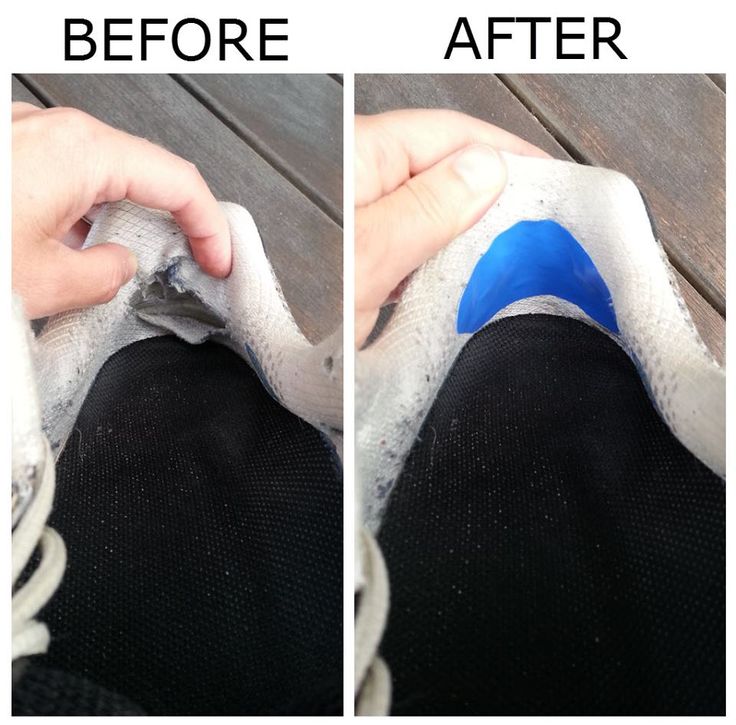
How to store tires without rims
Properly selected tires, corresponding to the parameters of the car and the season, provide a reliable and safe ride. So that an unused set of tires does not lose its properties, you need to know where and how to store it correctly and what exactly cannot be done. nine0003
Tire deformation from improper storage
Often, car owners make the same mistakes. Let's break them down:
The first three points lead to deformation of the tires, the fourth - to drying out (and then to cracks), the fifth - to the appearance of rust, the sixth - to the loss of their properties.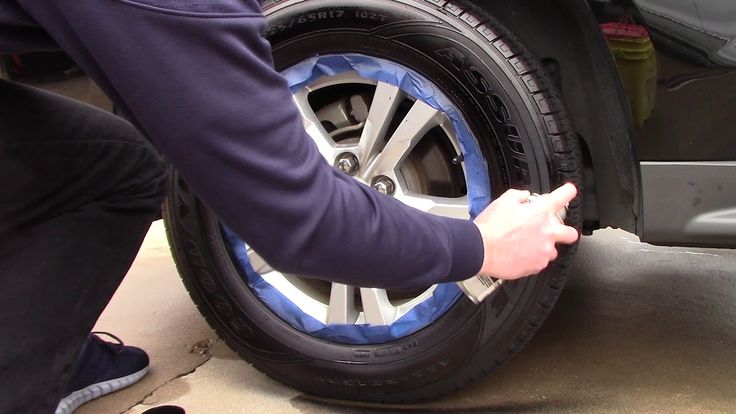 As a result, the following problems arise with the bus:
As a result, the following problems arise with the bus:
About where you leave tires without disks for storage, you should worry in advance. Car owners can be very resourceful with ideas, so let's look at good places for “preserving” tires and not so much. So, where exactly is it better not to leave tires: nine0003
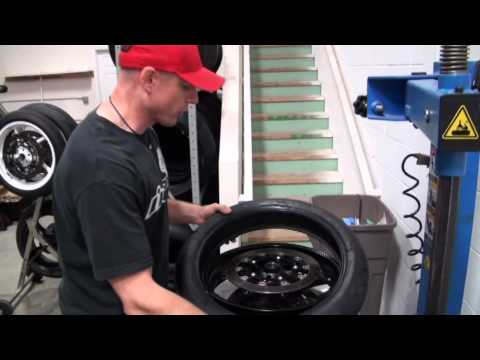
Let's talk about acceptable conditions first. It is good if it is a ventilated room where constant humidity (this is about 60%) and temperature (permissible limit +10 - +25 degrees) are maintained. And, as we wrote above, the rubber should be hidden from UV exposure. So, you can consider the following options:
Tire storage in a specialized tire center
The advantages of the first three options are obvious - they do not require financial investments. But there is also a fat minus - you will have to create and regularly monitor the necessary storage conditions yourself. In addition, rubber needs a lot of space, and sometimes you want to take it with other things. nine0003
Having given the tires to the tire center, you can not worry about anything: the conditions for the "vacation" will be observed as required by the manufacturer's regulations. You can also clarify about the possibility of transferring the rubber for maintenance to the service center where you service the car. Most often, large technical centers provide this service for free.
You can also clarify about the possibility of transferring the rubber for maintenance to the service center where you service the car. Most often, large technical centers provide this service for free.
To begin with, it is worth saying that the conditions for keeping a winter kit without disks will differ significantly from the conditions for a summer one. The state of the former will have to be given more time and treated more responsibly. The first thing to worry about is the temperature and the amount of humidity in the room, as well as the position of the tires and protecting them from overheating. nine0003
Each type of tire must be stored in conditions close to operational conditions, that is, winter tires should be kept cool, and summer tires should be kept warm.
And many auto experts recommend storing a winter set of tires only on rims and thoroughly cleaning the tread from dirt before the “vacation” (they have it deeper).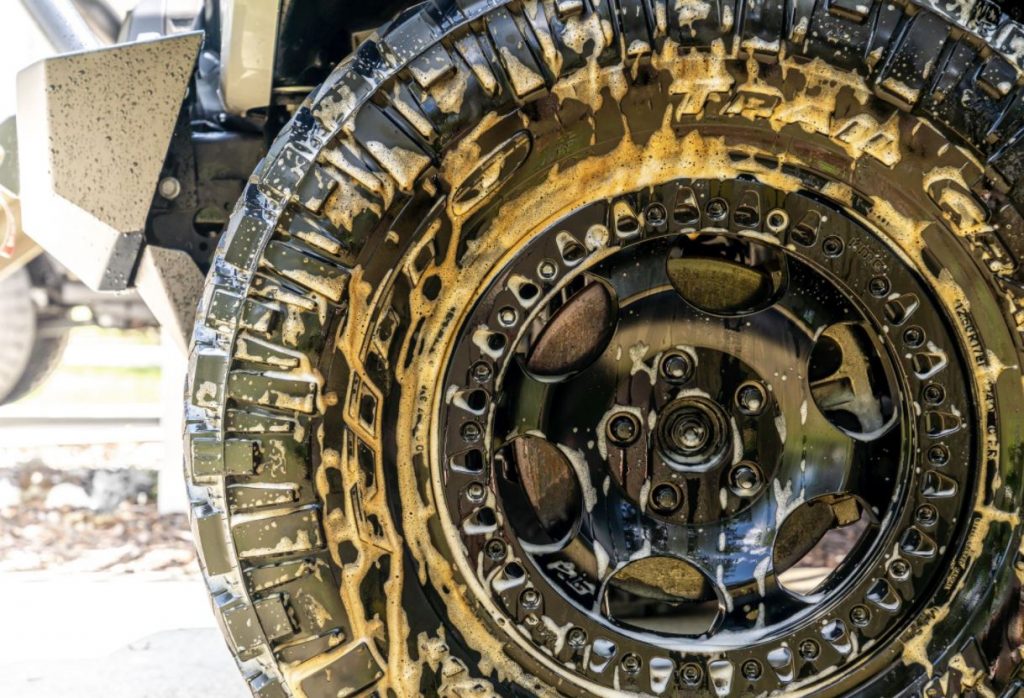 Such footwear must be protected from ultraviolet radiation and overheating, because driving on ice and snow requires elasticity from the rubber, and when heated, it “dubs”. Such tires are not able to provide good grip on the road. This means they are dangerous to use. nine0003
Such footwear must be protected from ultraviolet radiation and overheating, because driving on ice and snow requires elasticity from the rubber, and when heated, it “dubs”. Such tires are not able to provide good grip on the road. This means they are dangerous to use. nine0003
During storage, heat and ultraviolet is contraindicated for rubber
The differences between seasonal rubber from each other are manifested not only in operational data, but also in the composition that is used to manufacture the product. Summer shoes can withstand high temperatures, but despite this, you need to remember that it should be stored in a dry and dark place, at a temperature not lower than zero. And of course, remove diesel fuel and other chemical products to another room. This rule is also true for winter tires. nine0003
There are also differences in the "preservation" of tires on disks and without them. Let's consider the last option in more detail. But first, about preparation.
Before sending the shoe to a well-deserved rest, it is necessary to clean it of dirt / reagents / stones and mark which wheel it is from: in two capital letters, the right front - PP, the left front - LP, etc. It would not be superfluous to carefully inspect the tires for serious damage, cuts, so that before the new season you can be sure of the possibility of further operation or prepare for possible financial expenses to replace the kit. nine0003
Finally, treat the rubber with a preservative (silicone) to protect it from aging. The choice of means should also be taken responsibly. Sometimes it can be confused with a rubber blackening spray. They include a solvent, and, as we already wrote, it is contraindicated for tires.
Tire treatment with silicone
If you decide to leave tires without discs for the “vacation”, then it is better to place them vertically. Then you can avoid losing the shape of tires and spending on buying new ones. If there is a semicircular surface - great, so you can leave it for the entire period of "rest". If not, they will have to be turned regularly (1 per month). nine0003
If there is a semicircular surface - great, so you can leave it for the entire period of "rest". If not, they will have to be turned regularly (1 per month). nine0003
Forget about hooks and loops - tires without rims cannot be hung from them. Storage in this way will change the geometry of the tires in six months. Also, do not place them on ropes / corners - tires can be deformed. And the last thing - do not stack the tires in a pile, the lower ones can be deformed and you most likely will not be able to install them on the wheels again.
How to properly store tires without rims
Many car owners keep rubber in regular trash bags. Whether this should be done in general depends on the conditions in which the tires will be kept. If under optimal conditions (we wrote about this above), then the packages are not needed. If you plan to leave the tires, for example, on an unglazed balcony (under the sun), then bags can help.